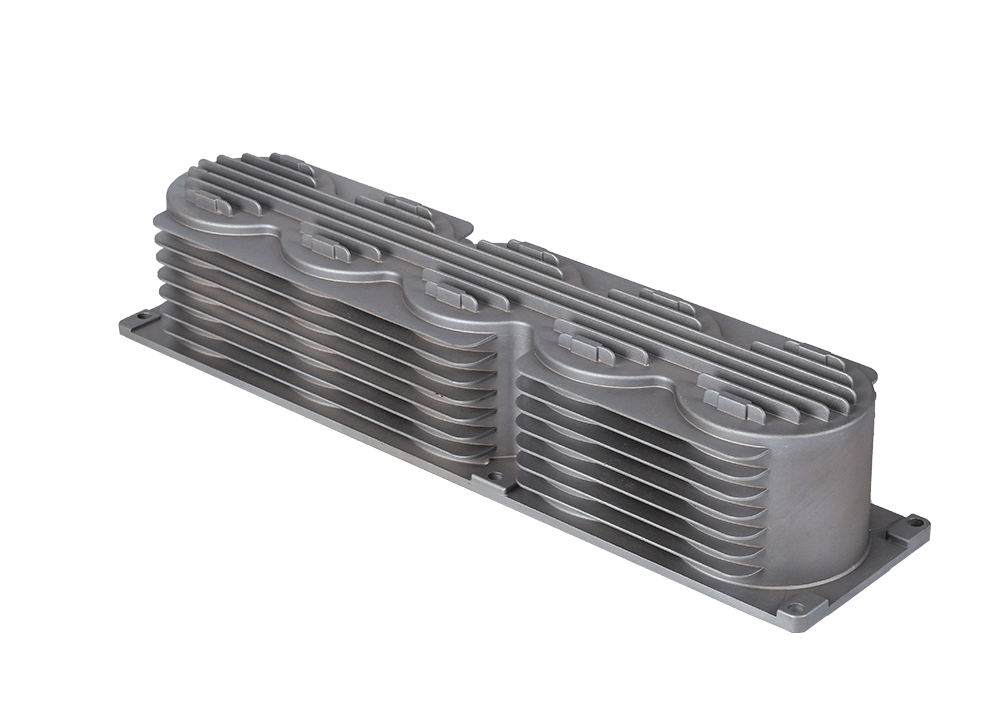Time:2023-07-17 Preview:
CNC processing center is a machine tool that must be used in mold processing. The comprehensive processing capacity of the CNC processing center is strong. The workpiece is installed with more processing content at a time, and the processing accuracy is high. It is set to a knife library. It is suitable for complex shapes and high accuracy requirements. Single -processing or small and medium -sized categories. So what should we pay attention to when the mold processing center needs to be done when machining the mold,
1 When milling molds with complicated cavity, generally require a longer cycle. Therefore, appropriate inspections should be performed by the machine tools, fixtures, and tools before each booting. Waste.
2 When milling of mold cavity, the amount of residue should be appropriately grasped according to the roughness of the processing surface. For more difficult parts of milling, if the rough surface roughness of the processing is poor, there should be more residual amounts of repair; and for easy processing parts such as planes and right -angle grooves, you should try to reduce the roughness value of the processing surface and reduce the repair work of the pupae. The quantity is avoided to avoid the accuracy of the curved surface of the cavity due to large -scale repair.

3 In the milling surface parts, if the thermal treatment of the parts is not well treated, there are cracks, and uneven tissue, it should be stopped in time to avoid wasting work hours.
When the 4 ball head milling cutter is milling, the cutting speed at the tip of the knife is very low. If the curved surface of the tip of the blade knife is relatively poor, if the knife is perpendicular to the processing surface of the processing surface, it should be poor. Properly improve the spindle speed, and should also avoid cutting with a tip of the knife.
5 Avoid vertical knife. There are two types of flat -column milling cutters. One is that there are top holes on the end surface, and the end blade is not over the center.
The other is that there is no top hole in the end surface, connecting the edge of the end and crossing the center. When milling curved surface, the end milling cutter with top holes must not be vertically vertically entering the knife like a drill, unless you have a craft hole in advance. Otherwise, the milling cutter will be broken. If you use the end knife of the unknown hole, you can enter the knife vertically vertically, but because the blade angle is too small and the axial force is very large, you should also try to avoid it. The best way is to enter the knife towards the slope, and then cut it horizontally with the side blade after entering a certain depth. When milling the discy tank surface, you can drill out the crafthole to make a knife. Although the effect of vertical into the knife with the ball head and milling cutter is better than the flat -bottomed milling cutter, it is also not used not to use this knife method because of excessive axial force and affecting the cutting effect.
 Related News
Related News·How to maintain the electrical system of CNC drilling machines in CNC machining centers CNC drilling ·Application and Characteristics of Aluminum Hardware Die Casting Products in Daily Life ·How to choose stamping oil during precision hardware processing? ·How much do you know about the solution to shrinking neck and cracking in precision hardware process ·The important factor in determining the main axis of the CNC machine tool ·The technical advantage of CNC ·The problem of rough opening of CNC front mold ·CNC parts processing process process process is excessively decentralized ·Can precision machining be done with any material ·What should I do if the processing center is not good?


